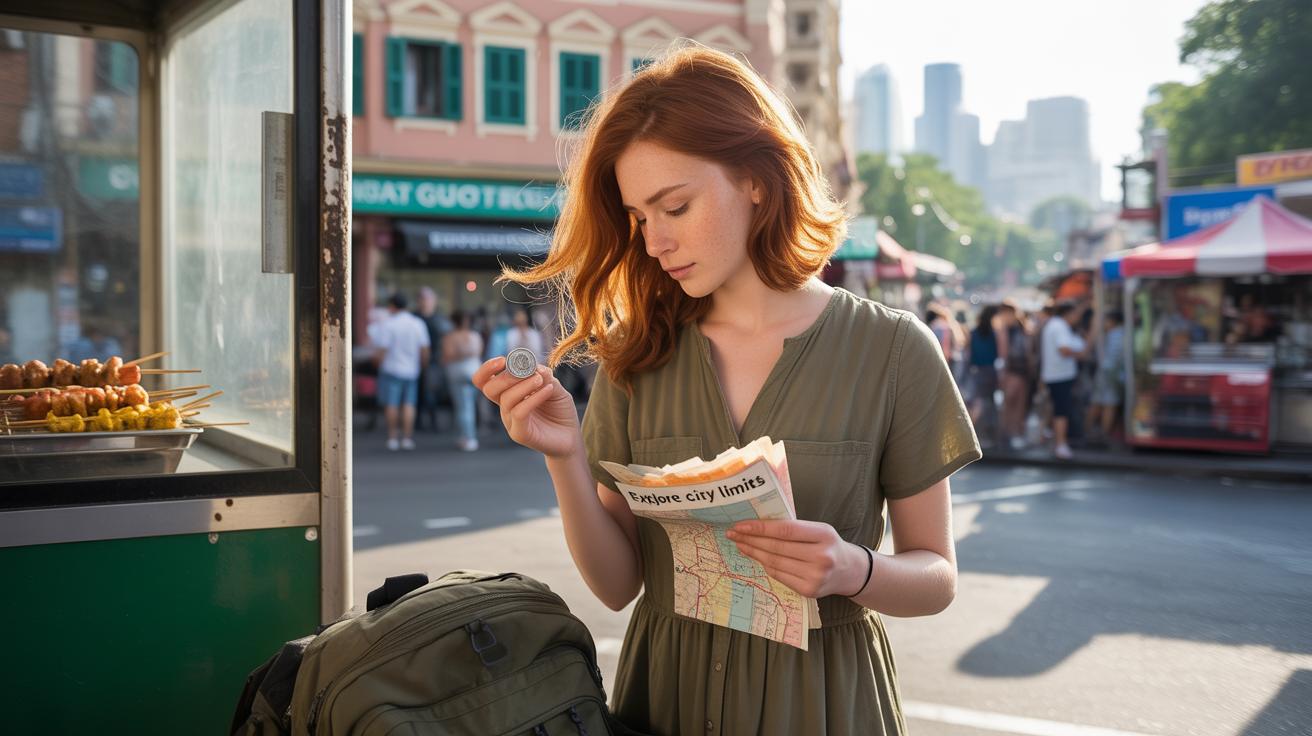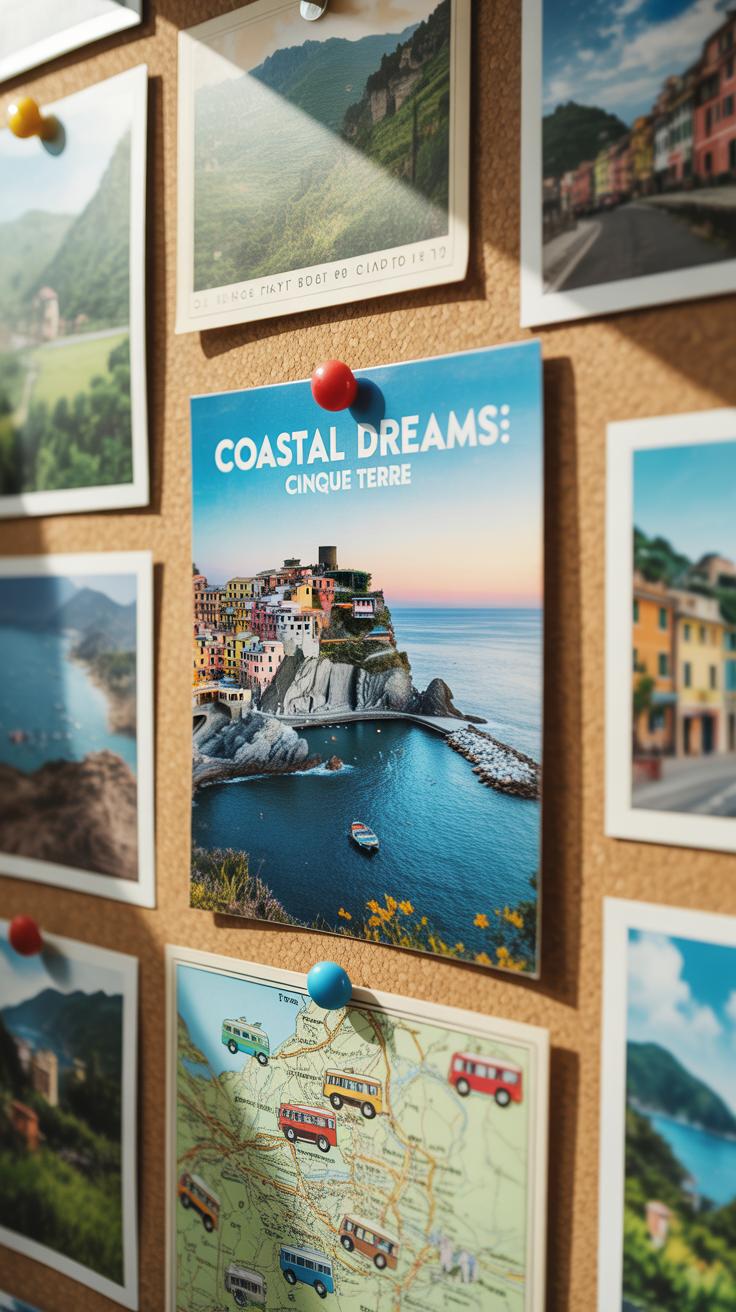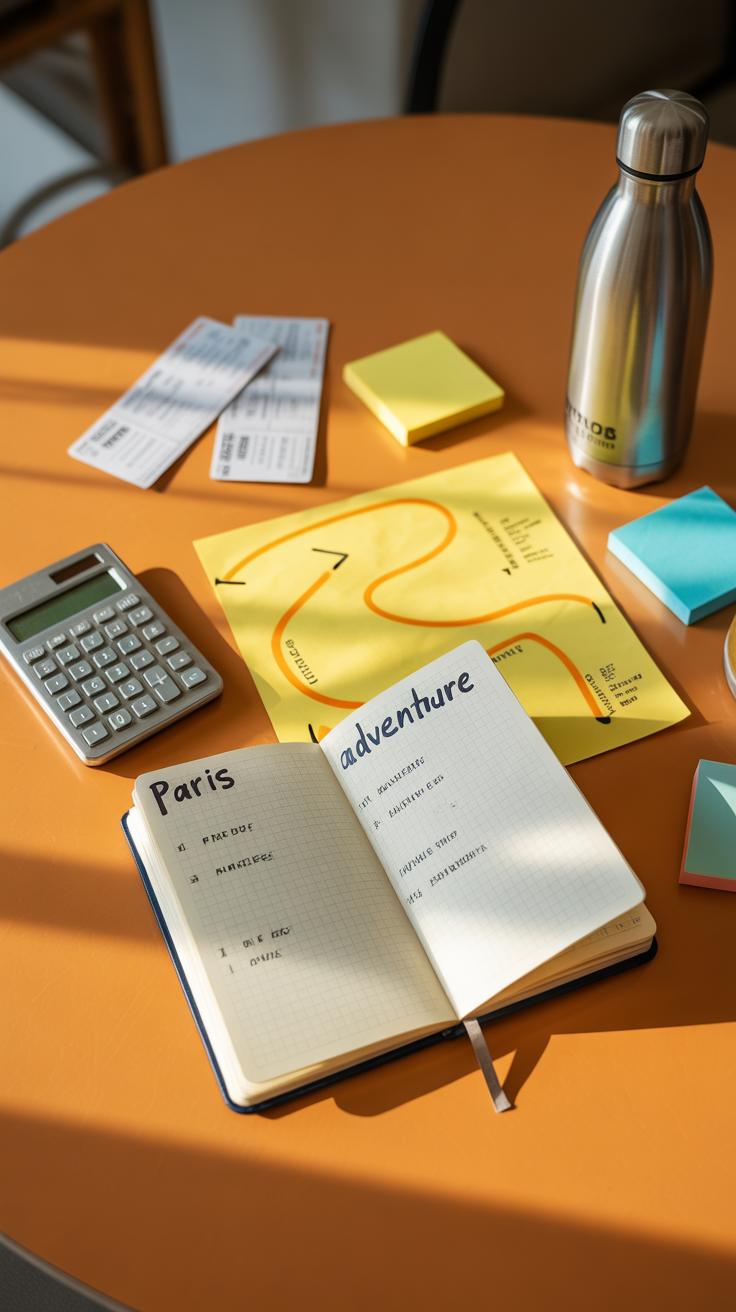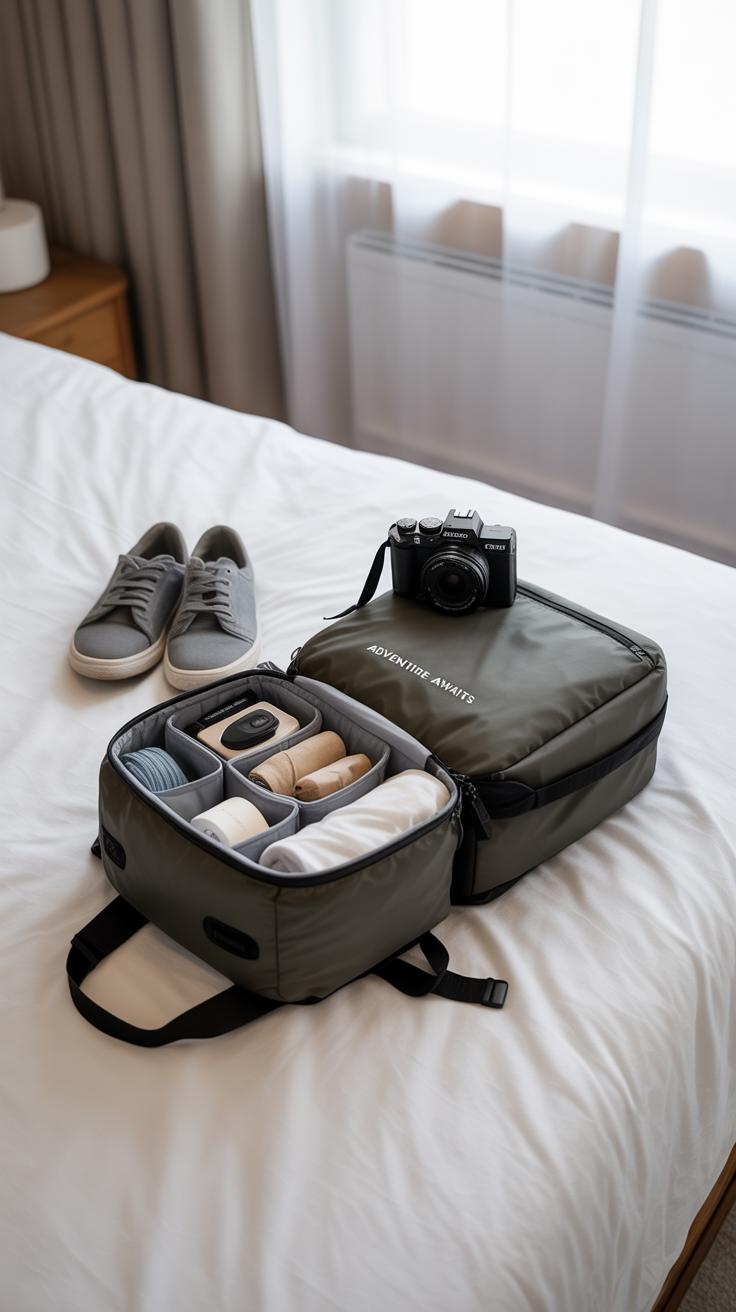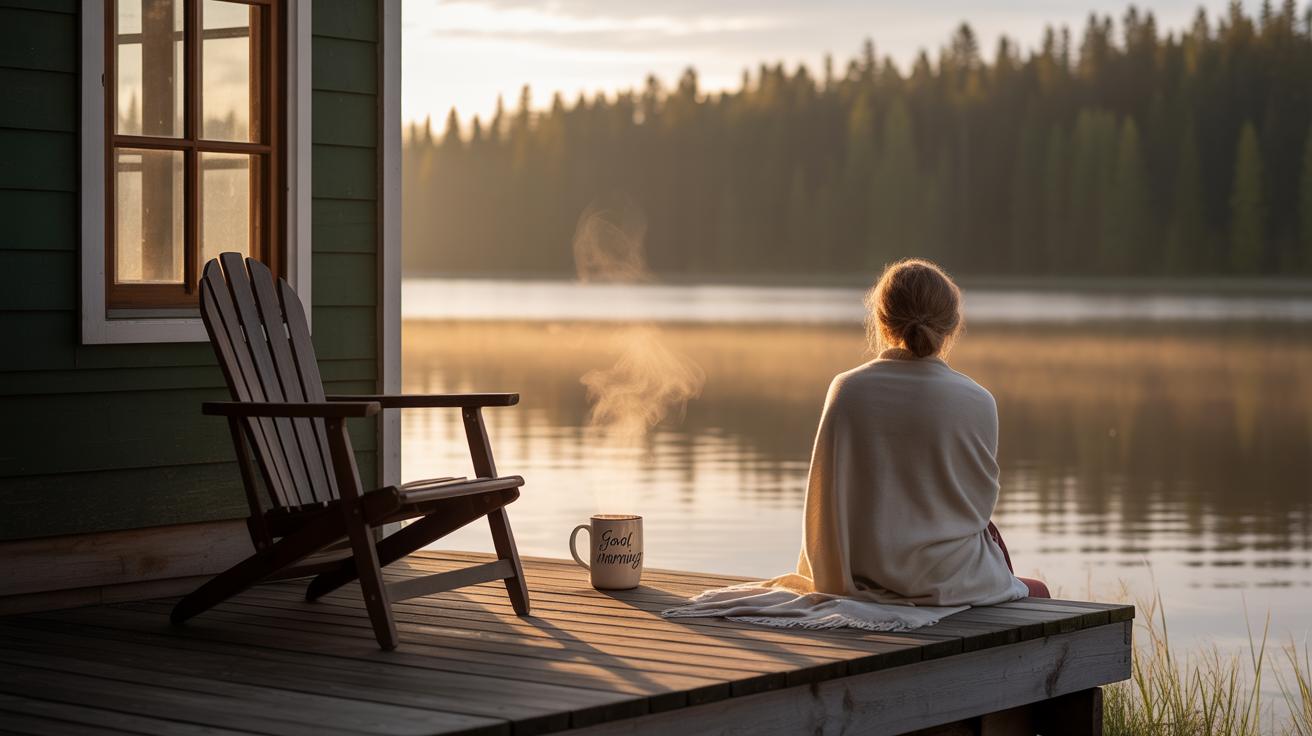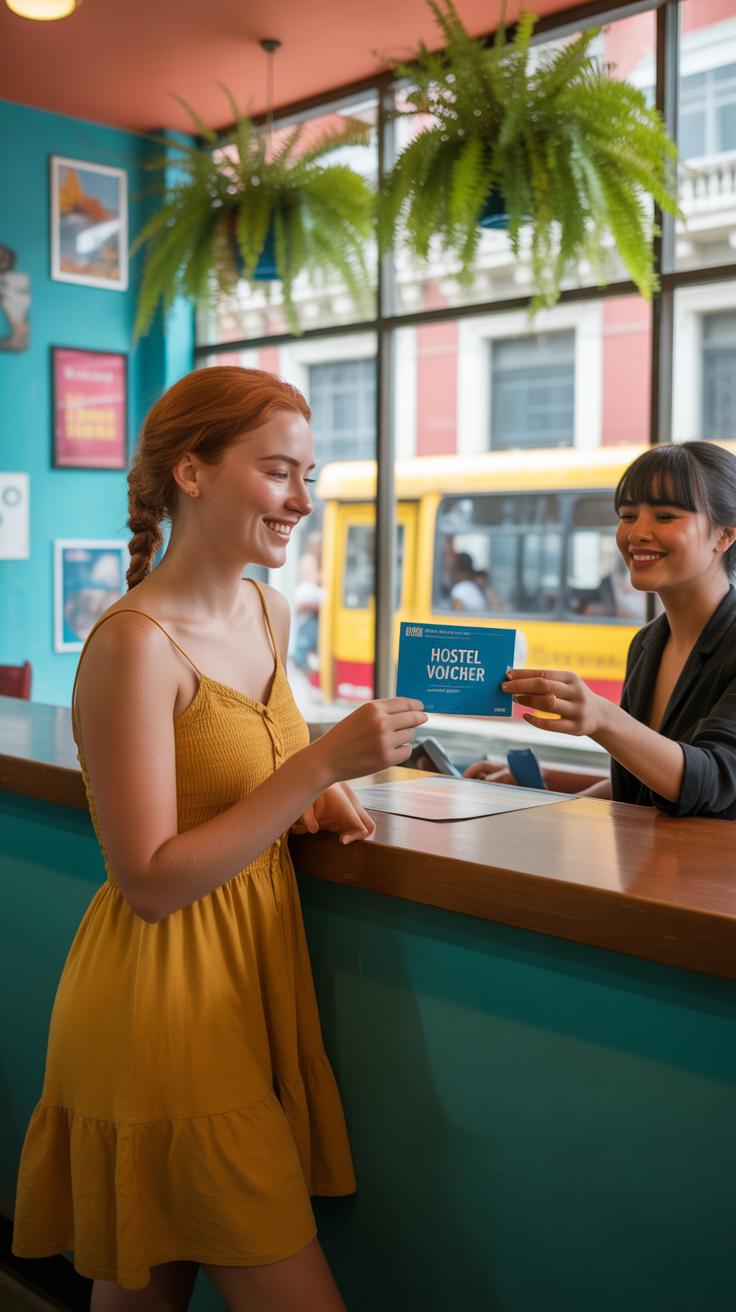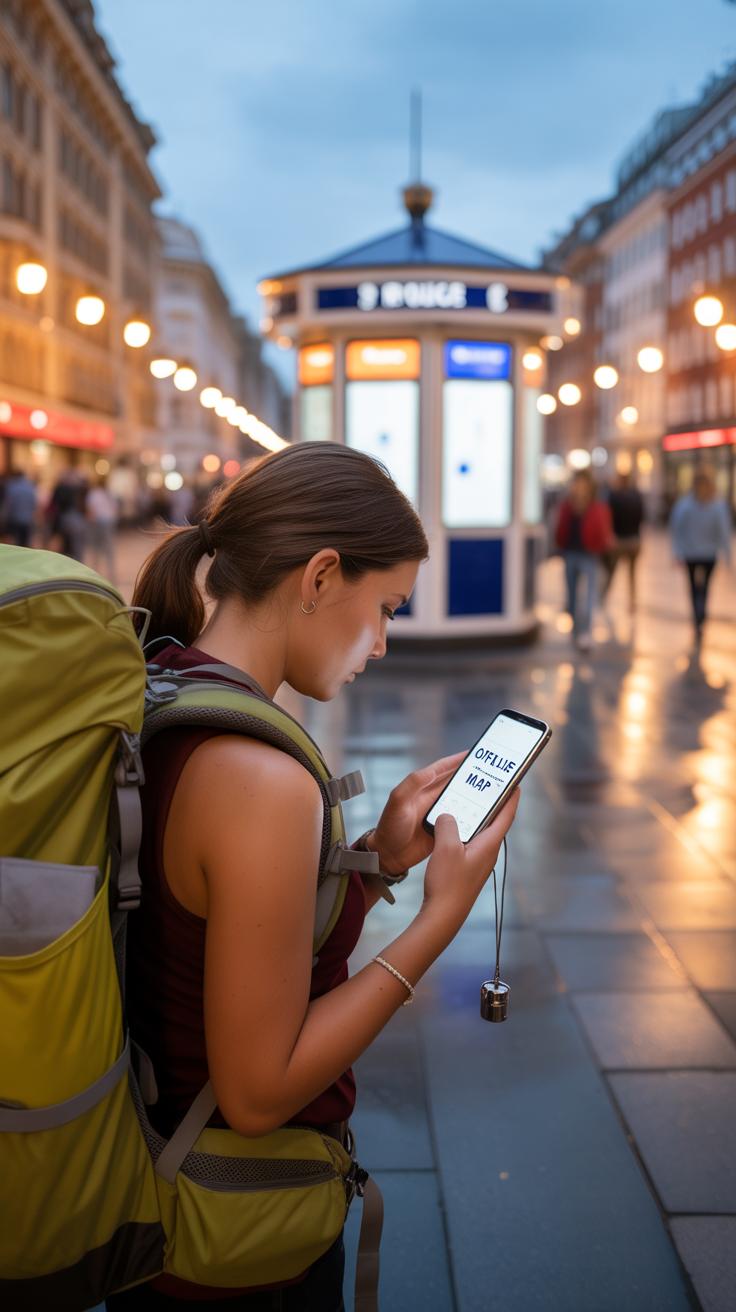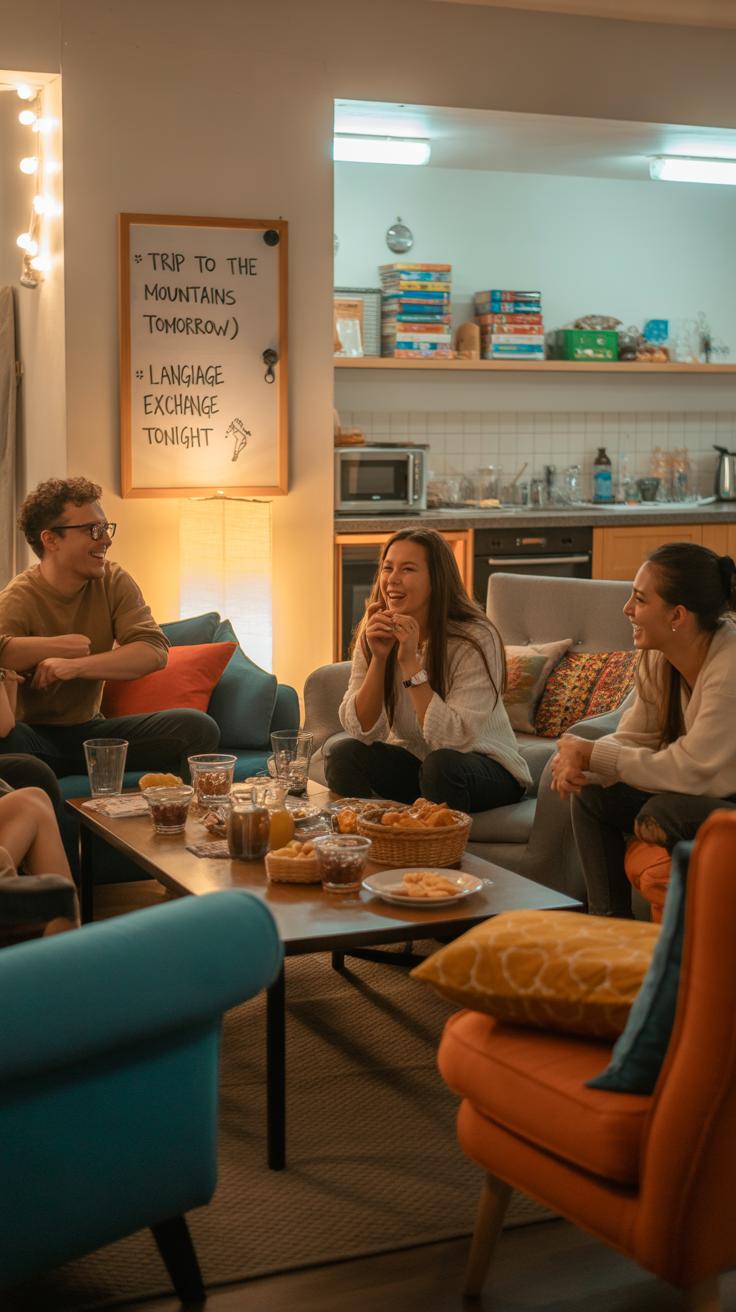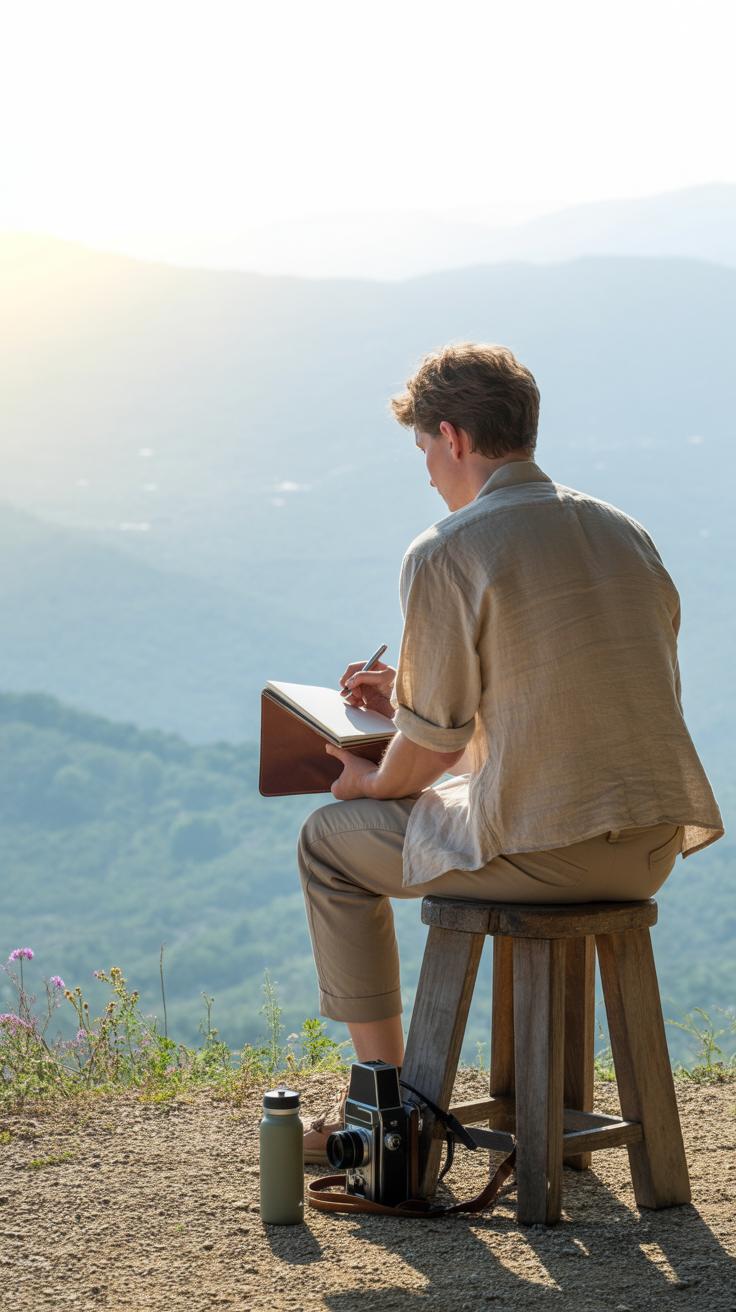Introduction
Solo travel can be a thrilling experience. Traveling alone gives you freedom and lets you explore the world at your own pace. However, the idea of managing a trip alone may seem costly and challenging. This article helps you understand how to plan solo travel on a budget with smart ways to save money.
From choosing affordable destinations to smart packing and eating inexpensively, we cover different ways to make your solo adventures economical. Dive into the details and practical tips that will help you make your dream trip happen without overspending.
Choosing BudgetFriendly Solo Travel Destinations
Picking a destination that won’t drain your wallet can shape your whole solo trip experience. When choosing where to go, think about places where the cost of living is low. Countries in Southeast Asia, parts of Eastern Europe, or Latin America often offer good value—cheaper meals, affordable accommodations, and budget-friendly attractions.
Safety is also a key concern. You want a place where you feel comfortable wandering alone without constant worry. Look up recent traveler reviews or safety indexes, but don’t rely solely on numbers. Sometimes, a place with a high score doesn’t feel right to you personally, so trust your instincts too.
Also, check if the destination has resources tailored for solo travelers. Hostels with common areas or social events, walking tours, or solo meet-ups can really make a difference. These make it easier to connect with others and navigate new places without needing to shell out extra cash for guides or expensive activities.
Look for Affordable Places to Stay and Eat
Finding a cheap place to crash is almost an art. Hostels usually lead the pack for budget solo travelers, offering dorm rooms or private rooms at good prices. Guesthouses and homestays can be surprisingly affordable and give a local vibe you won’t get in hotels. Sometimes, those turn out to be the best parts of the trip.
Eating out doesn’t have to mean expensive restaurants either. Street food markets, small family-run eateries, or local bakeries often serve tasty meals for just a few dollars. Plus, grabbing snacks at supermarkets instead of dining out all the time can help stretch your budget.
Some hostels or guesthouses include breakfast, which is a small saving but adds up over time. Cooking your own meals when possible also cuts costs, especially if you’re sticking to one place a bit longer.
Consider Travel Costs to and Within Destinations
Getting there and around can eat up a big chunk of your budget if you’re not careful. Flights are often the largest expense, so take time to compare prices across platforms or consider flying midweek instead of weekends. Sometimes, booking well in advance works, sometimes last-minute deals pop up—there’s no one-size-fits-all approach.
Once you arrive, local transportation costs matter too. Look at bus and train options rather than taxis, which add up quickly. Cities with good public transit save you money and hassle—places like Lisbon or Budapest come to mind. In rural areas, sharing rides or renting a bike might be cheaper and more fun.
Ask yourself: does the destination have affordable, reliable ways to get around? If not, your budget might take an unexpected hit. Checking transport costs before booking can prevent surprises later.
Planning Your Trip to Save Money
When it comes to booking your solo adventure, timing can be tricky. Sometimes, booking months in advance unlocks the best deals on flights and accommodations—other times, last-minute offers pop up that can save you a surprising amount. I’ve often found that checking both early and late options can reveal totally different prices, so don’t settle right away.
Setting a clear budget before diving into bookings helps keep things real. Break down what you expect to spend on travel, lodging, and daily expenses. Then plan your itinerary around those limits. Maybe you prioritize spending on unique experiences while cutting back on where you sleep—or the other way around. That choice is yours and can swing your final cost a lot.
Use Online Tools and Apps for Deals
There are plenty of handy websites and apps designed just for travelers like you. Some favorites include:
- Skyscanner – Great for comparing flight prices across flexible dates.
- Hostelworld – Perfect for solo travelers wanting affordable stays with social vibes.
- Kayak Explore – Lets you search destinations based on your budget and interests.
- Groupon or LivingSocial – Often has discounts on tours or activities in many cities.
- Rome2rio – Helps plan routes and shows cheaper transport alternatives.
These tools can reveal deals you may miss otherwise. I once found a last-minute couchsurfing opportunity through one of these apps that cut my lodging expenses almost in half.
Flexible Dates Can Lower Costs
If you can move around your travel dates just a bit, it opens up a lot more budget-friendly options. Flying midweek or avoiding holiday periods usually means cheaper flights and hotels. It’s not always ideal—sometimes a weekend getaway sounds better! But small shifts in when you travel could save you quite a bit, especially if you’re open to exploring destinations off-peak.
One thing I wonder though—is it always worth the hassle? Sometimes waiting for the perfect date means delaying your trip completely. But if your schedule allows, looking at a range of dates first before booking might prevent overspending.
Packing Smart and Light for Your Solo Journey
Packing light isn’t just about convenience; it often cuts down your travel costs noticeably. Carrying only a small bag often means avoiding those pesky baggage fees airlines charge. Plus, when you’re on your own, lugging around heavy suitcases can slow you down and wear you out faster than you expect. Trust me, after a full day of exploring, the last thing you want is to wrestle with bulky luggage on public transport or stairs.
Choosing multi-use clothing is a game changer. You don’t need ten shirts if three can do the trick—think layers and pieces that mix and match. For instance:
- A lightweight jacket that works for warmth and rain protection
- Neutral-colored shirts that pair easily with different pants or skirts
- A pair of shoes good enough for both walking and a casual night out
- Quick-dry clothes, so you can wash and reuse without fuss
Essentials should also pull double duty—a pickpocket-proof day bag, a refillable water bottle, and simple toiletries that fit travel size and avoid needing replacements abroad. Sometimes I pack an extra scarf that serves as a blanket or sunshade when needed.
Avoiding overpacking keeps things simple and cheaper. It’s tempting to bring everything “just in case,” but each extra item might cost more at check-in. Ask yourself what you truly need. Can you do laundry on the road? Do you really need that extra pair of shoes? Often, the answer is no. Packing efficiently means you move faster, pay less, and maybe even discover you don’t need all that stuff anyway.
Finding Solo Traveler Discounts and Deals
Solo travelers often face the tricky challenge of single supplements—extra fees charged when you book a room or tour designed for two or more. But not all places stick to this rule, and you might be surprised by how many offer special deals just for one. Some accommodations waive the single supplement, or even offer discounted rates if you book directly or stay longer. It’s worth checking websites carefully or calling ahead. Sometimes smaller guesthouses or family-run hotels are more flexible than big chains, though that’s not always the case.
When booking tours or activities, look for group deals that welcome solo travelers. Joining a small group can slash costs, and many companies run special pricing for solo bookings—especially on multi-day trips. Online platforms like Meetup or local travel forums can help you connect with others looking for the same experience. You might have to adjust your schedule, but it’s often worth it for the price. Ever tried a cooking class abroad? Many offer solo traveler spots at a discount, knowing you’re not booking a whole table.
What I find tricky is balancing flexibility with budget. Sometimes the best solo traveler deals require a bit of patience and last-minute planning. Still, a little digging goes a long way to avoid paying double just because you’re on your own.
Eating Well on a Budget During Solo Travel
Eating nutritious meals doesn’t have to drain your travel budget. When you’re alone, planning your food choices can actually be simpler. Cooking for yourself often means better control over both your spending and what goes on your plate. Plus, it feels a bit like a small adventure whenever you find fresh ingredients in a local market.
Shop at Local Markets for Fresh Food
Local markets offer fresh produce, cheaper than supermarkets or restaurants. I once bought tomatoes, cheese, and bread at a market overseas and had a surprisingly satisfying picnic in the park for just a few dollars. It’s not just about saving money; it’s also about connecting with local culture. When you shop there, try to:
- Observe which stalls seem popular with locals—popularity usually means freshness.
- Ask vendors for tips on storage or simple recipe ideas; they often share helpful hints.
- Buy small amounts to avoid waste, especially if you don’t have access to a kitchen every day.
Cooking even a couple of meals yourself can cut down your expenses dramatically. And sometimes, those homemade meals just taste better than anything you’d get at a tourist-heavy café.
Choose Budget-Friendly Street Food and Cafes
Eating out all the time is tempting—but expensive. Instead, look for street food or local cafés where you spot locals eating. I once found a tiny stand selling grilled skewers that was unforgettable and way less costly than nearby restaurants. To keep it safe and affordable:
- Stick to busy stalls with a high turnover of food; freshness matters.
- Avoid overly flashy or touristy menus; these places often charge for the “view” more than the food quality.
- Try familiar dishes if you’re unsure – it reduces the risk of upsetting your stomach mid-trip.
Finding those pockets of reasonable, tasty food is part of the solo travel experience. It feels rewarding, almost like you’re discovering a secret in the city—and your wallet will thank you, too.
Staying Safe and Connected Solo
Use Local SIM Cards or Affordable Internet Plans
When you’re traveling alone, staying connected can be a real comfort. Local SIM cards often offer the best balance between cost and coverage. Buying one at the airport or a nearby store might feel a little daunting, but it’s usually much cheaper than international roaming. You’ll find prepaid plans tailored for tourists—sometimes with data-only options if you rely on Wi-Fi calling and messaging apps.
Consider checking apps or websites that compare mobile providers in your destination before you arrive. Some countries also have affordable portable Wi-Fi rentals you can share if you’re on a slightly bigger budget. Even if you aren’t glued to your phone all day, having a low-cost, reliable connection gives peace of mind. You can quickly share your whereabouts or look up directions without hunting for free Wi-Fi spots in cafes or libraries.
Practice Smart Safety Measures
Solo travel means keeping yourself safe on a tight budget. There’s no need to go overboard with fancy gadgets or services. Simple habits often do the trick. For example, always let someone know your plans—whether it’s a short hike or heading out for the evening. Apps like Google Maps let you share your live location easily, and they don’t cost anything.
Trust your instincts. If a situation feels off, leave. It can be as simple as avoiding poorly lit streets at night or keeping your valuables zipped away. Using a discreet money belt or a hidden pouch could save you trouble—and these aren’t expensive at all. Also, learn a few key phrases in the local language to ask for help or directions. It sounds obvious, but it makes a difference when you don’t want to draw attention or look lost.
Have a backup plan for your phone and important documents. Take pictures of your passport and ID, store them securely online, and carry a photocopy separately from the originals. It might feel like too much fuss, but when something unexpected happens, these small steps really help.
Meeting People and Socializing on a Budget
Traveling solo doesn’t mean you have to be alone all the time, and meeting people while keeping costs low is definitely possible. Often, the best connections happen in group settings that don’t charge much, or are even free. Look out for walking tours in cities—many operate on a tip basis, so you pay what you can. These tours let you explore while chatting with others interested in the same sights or stories. I once joined a free walking tour in Budapest and ended up sharing dinner plans with someone I met there.
Community centers, hostels, and local bulletin boards often advertise social events like language exchanges or casual meetups. Sometimes, coffee shops or libraries host book clubs or game nights that are open to everyone at little or no cost. These can feel less intimidating than bars or noisy parties. Your chances to casually mingle improve. You might be surprised how open people are to chatting about daily life or travel tips.
Join Free or Low-Cost Group Activities
Finding group activities starts with a bit of online searching. Websites like Meetup.com or Facebook Events list local gatherings, many free or very affordable. You might find hiking groups, art walks, or cooking classes that encourage socializing without charging a lot. It’s also worth checking tourist information centers. They often know about community-led events or group discounts for local experiences, which makes meeting others easier, while helping you stick to your budget.
Participating in these can feel a bit awkward at first—you might wonder if others are already friends or if you’ll fit in. But most groups welcome newcomers, especially solo travelers. The ease of joining these gatherings is that you can leave anytime if it doesn’t feel right, so there’s no pressure to stay longer than you want.
Use Social Apps to Connect with Fellow Travelers
Apps can really open doors for meeting others. Platforms like Couchsurfing not only offer places to stay but also host “hangouts” or local events that invite travelers and residents to meet up. Then there’s Travello and Backpackr, where you can find others nearby who want to do things like explore markets or share meals. These apps can be a bit hit-or-miss, but they often work well if you check in regularly and stay open-minded.
Sometimes, just messaging someone to ask about a good coffee spot or a cheap museum can turn into a longer conversation and meeting up. Of course, you have to trust your instincts on who to meet, but you wouldn’t be the first solo traveler to find a friend—or even a travel buddy—this way. What’s great is the option to join activities without signing up for expensive guided tours or group trips, saving you money while still sparking social connections.
Making the Most of Your Solo Travel Experience
Traveling alone on a budget means striking a careful balance between spending and enjoying yourself. You don’t have to skip everything fun to save money, but it’s easy to go off track if you’re not paying attention. I’ve found that focusing on experiences—not things—usually pays off. That local cooking class or hiking tour? Worth more than a stack of souvenirs you’ll stash away at home. Those moments stick with you longer.
You might want to try something new or step out of your comfort zone, even if it costs a little extra. Sometimes, that’s what makes the trip memorable—and you rarely regret investing in unique activities. At the same time, keep an eye on your spending. I like to jot down daily expenses, then tweak plans if I’m inching over budget.
Ask yourself: What’s really adding value to this trip? Can I swap a pricey dinner for street food and still enjoy the vibe? Or maybe cut back on taxis by walking more. Being open to adjusting your budget as you go is freeing. It takes some attention, but it can make your solo adventure not just affordable, but genuinely fulfilling.
Conclusions
Traveling alone does not have to be expensive. By making thoughtful decisions and using the right strategies, you can enjoy rich travel experiences while keeping your costs low. This article provided clear, practical advice to guide you in planning, budgeting, and executing your solo trip effectively.
Remember, the key to successful solo travel on a budget lies in good research, flexible plans, and smart spending. Use the tips shared here to feel confident about your journey and make the most of every moment on your adventure.


